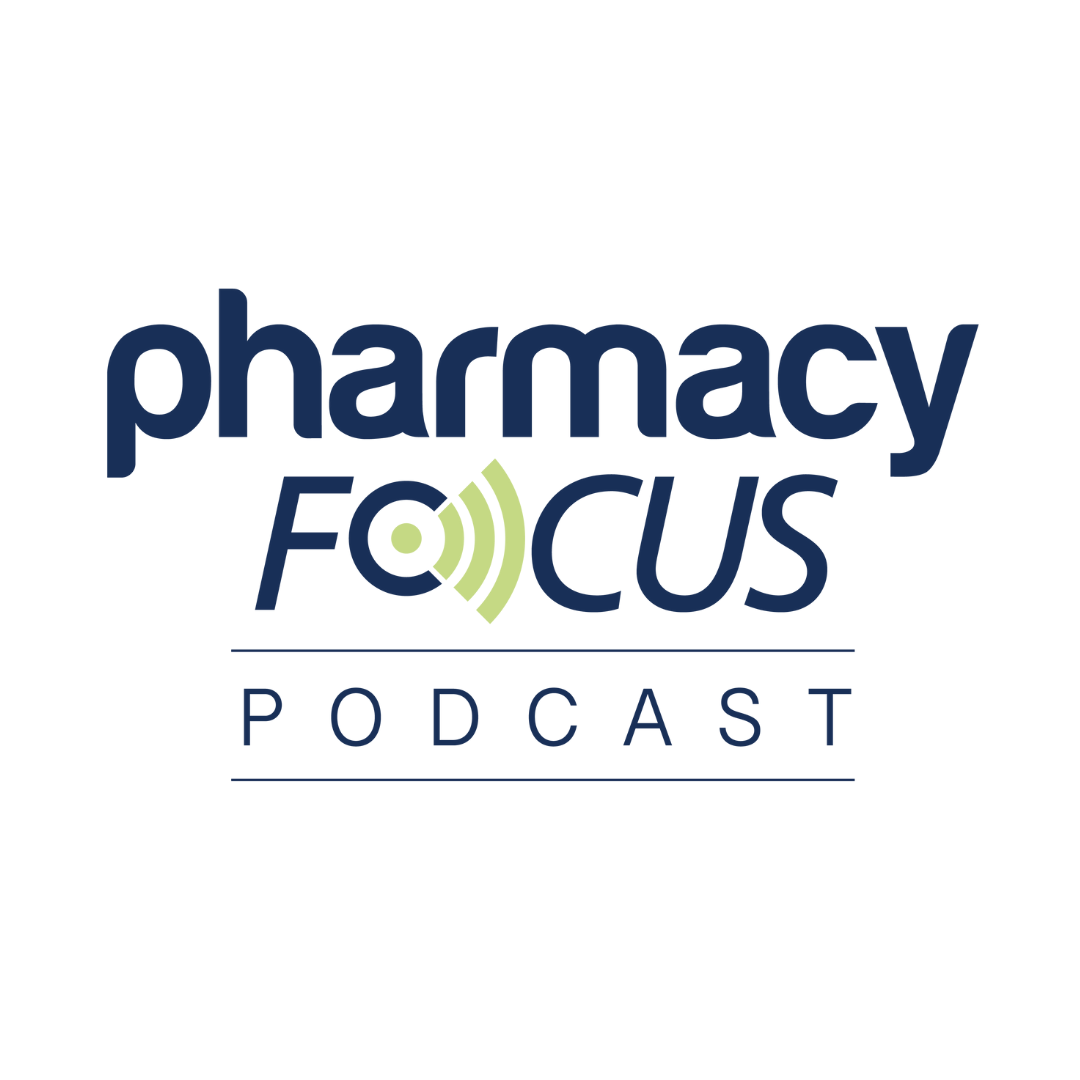Article
Mechanisms of Popular Multiple Sclerosis Drug Revealed
Author(s):
Researchers unveil the molecular workings of MS drug Tecfidera using new technology.
A new study helped uncover the inner workings of the commonly prescribed multiple sclerosis (MS) drug, Tecfidera.
Researchers from The Scripps Research Institute (TSRI) used new TSRI technology that can quickly determine a drug’s protein targets. The findings, published in Science Signaling, showed that Tecfidera interacts with several T cell proteins that, in some cases, inhibits their activity, and helps to suppress the T cell activation, which is a key feature of MS flare-ups.
“This new technology has given us insights into the therapeutic modulation of the immune system that we could not have obtained with standard approaches,” said co-senior study author John R. Teijaro.
Tecfidera, which was approved by the FDA for MS in 2013, is a relatively simple organic compound, dimethyl fumarate (DMF), which has been amongst biomedical literature for decades.
Up until new studies were published this year, it was believed that DMF works against MS primarily by unleashing the activity of the protein Nrf2, which helps protect the brain from autoimmune damage. However, new studies suggest that DMF actually works principally by reducing immune system activity, and does so independently of Nrf2.
In recent years, there has also been reports from patients taking Tecfidera or Fumaderm of a potentially fatal viral brain infection called progressive multifocal leukoencephalopathy, which typically only occurs in people with seriously weakened immune systems. In the current study, researchers wanted to get a better picture of the pathways DMF uses to work against MS by demonstrating that DMF inhibits the activation of human T cells.
In order to identify the protein targeted by DMF in these cells, researchers used a new research tool that allows them to globally map targets of a given drug compound in a complex sample of proteins. This process is able to specifically reveal where the compound makes a strong covalent bonds with cysteine amino acids on the proteins.
Cysteines are common targets of reactive drug molecules like DMF. Using this approach, researchers discovered that DMF reacts with about 50 different cysteines, in about as many proteins, within activated human T cells. The affected proteins include enzymes and regulators of gene activity.
“Several are known as members of the NF-κB signaling pathway, a critical pathway for T cell activation,” said first study author Megan M. Blewett.
The findings allowed researchers to confirm that DMF blocks the activation of T cells, in part, by targeting 2 cysteine residues on the immune cell signaling enzyme PKCθ. This prevents PKCθ from associating with another protein called CD28, which is required for proper T cell activation.
Researchers also found that even in T cells that lacked PKCθ, DMF was able to reduce signs of further activation. These findings, in addition to previous research, strongly suggest that DMF’s full immune-damping impact results from its interactions with multiple proteins.
“People often assume that a given drug works by hitting 1 target, but DMF likely produces its immunomodulatory effects by hitting multiple targets,” Blewett said.
Co-senior study author Benjamin F. Cravatt added, “This study shows the value of applying large-scale chemical profiling methods to primary human cells to gain insights into the mechanism of action of an important immunomodulatory drug.”
Now, the team of researchers are using the study’s ‘target map’ to pursue the development of other compounds that could modulate immune activity more precisely, hitting only the most important cysteine targets with fewer side effects.
“We’re interested ultimately in making more selective, site-specific drugs, both to reduce immune activity and to boost it,” Teijaro concluded.
Newsletter
Stay informed on drug updates, treatment guidelines, and pharmacy practice trends—subscribe to Pharmacy Times for weekly clinical insights.






